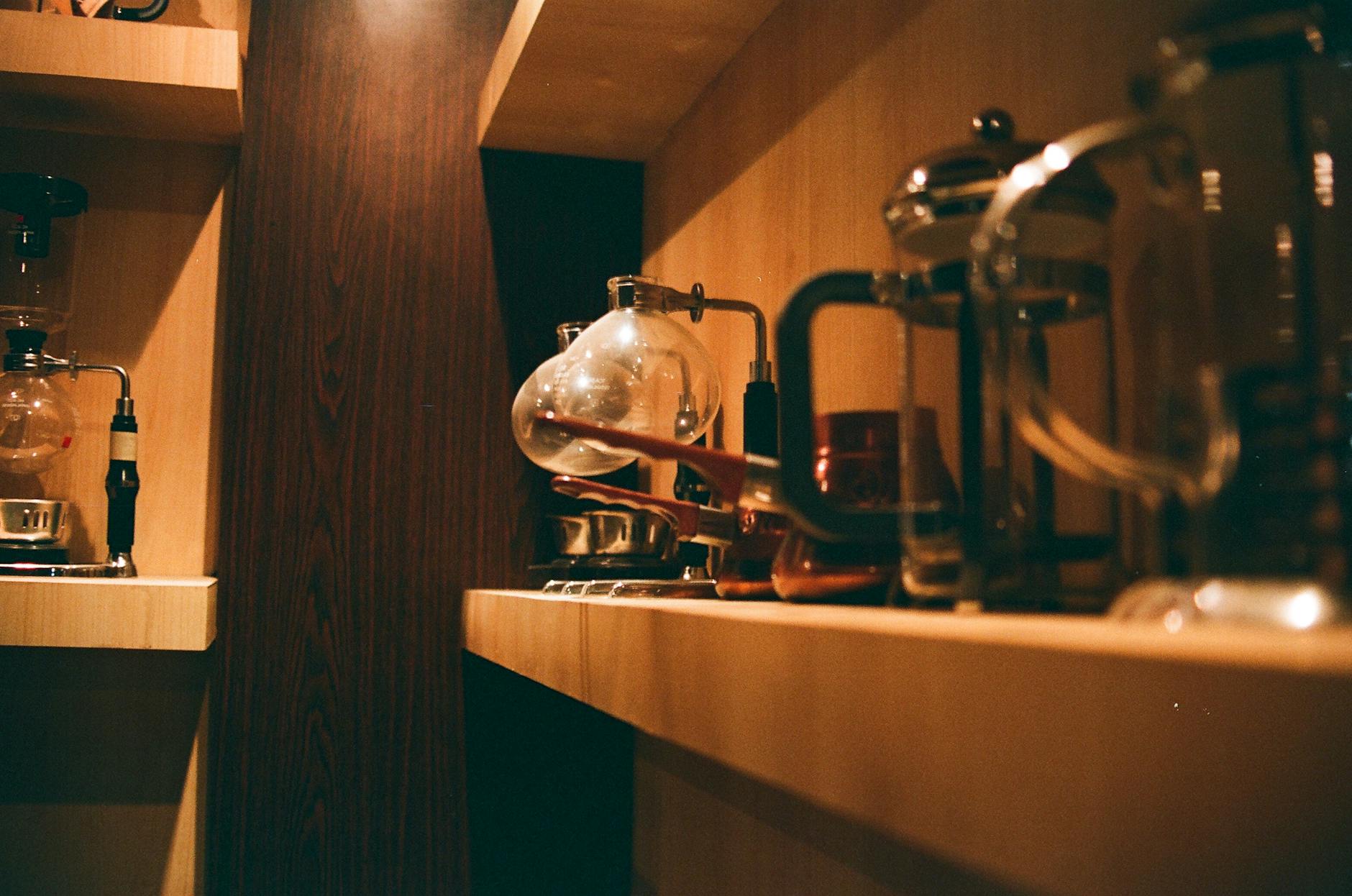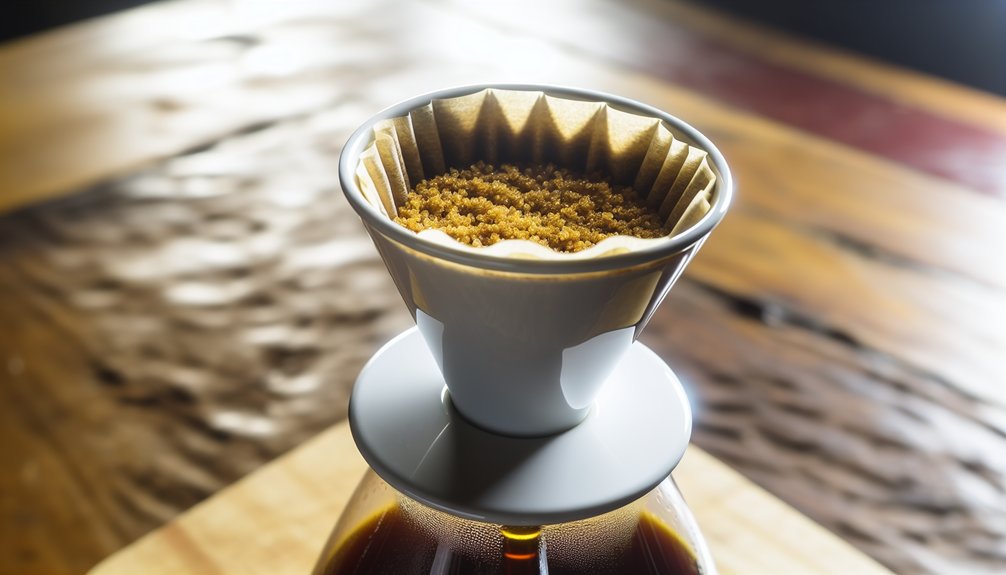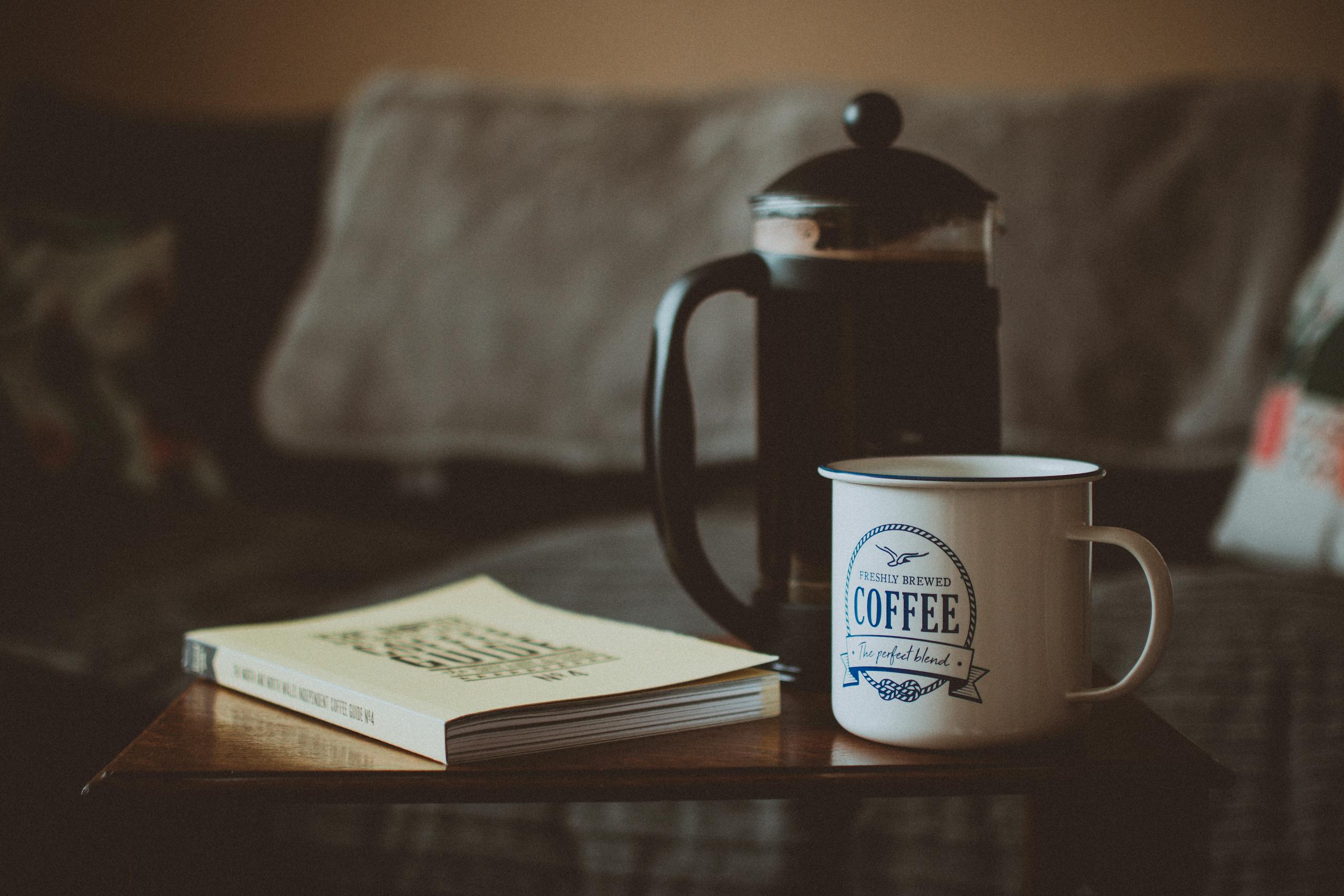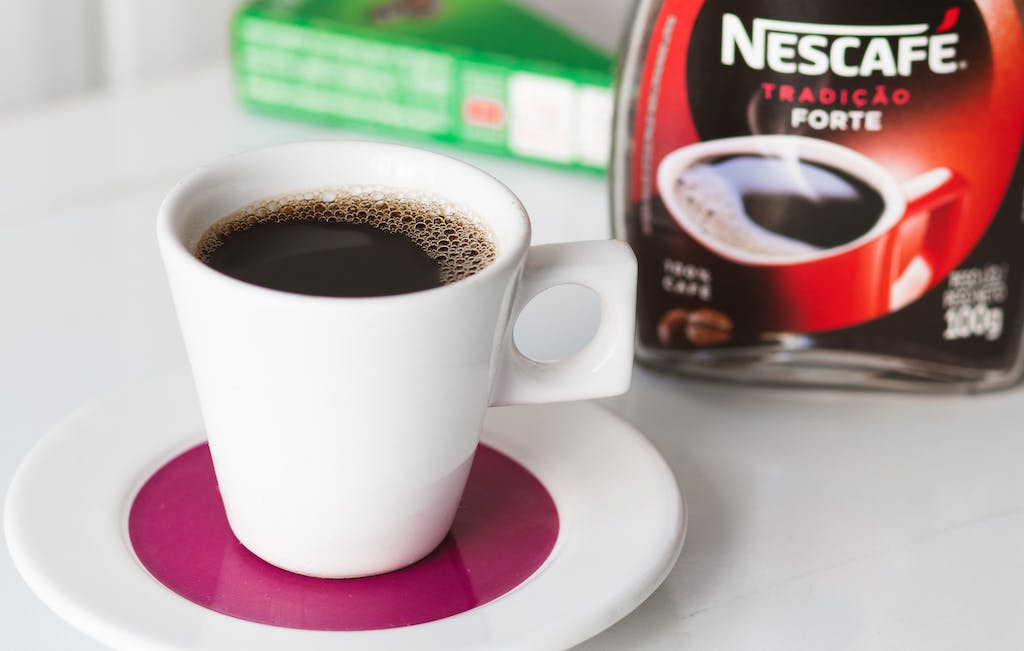Coffee Storage Mistakes You’re Making (And Simple Fixes for Fresher Brews)
There are some affiliate links below, but they are all products I highly recommend. For more info, view my disclosure here.
Stale coffee is a real letdown, isn’t it? You brew that morning cup, only to find the flavor flat and lifeless. The truth is, how you store your coffee plays a huge role in keeping it fresh. But don’t worry—you’re not alone in getting it wrong. From leaving beans in the bag to storing them near heat, simple mistakes can ruin the taste. The good news? Fixing these habits is easy, and it’ll make every sip so much better.
Understanding Coffee Freshness
Keeping coffee fresh is about more than just taste—it’s about capturing the magic in every bean. Freshness directly influences how your coffee smells and tastes, and that all starts with understanding what happens as coffee ages.
The Science Behind Coffee Freshness
When coffee is freshly roasted, it’s full of complex compounds that make every brew flavorful. However, time and air start to break these down. The main culprits? Oxygen, moisture, light, and heat.
Here’s what’s happening behind the scenes:
- Oxidation: This is the most significant process that affects freshness. When coffee is exposed to air, oxygen begins to interact with oils and flavors, causing them to degrade. Think of it like an apple turning brown after you slice it—it’s similar chemistry, but with coffee, it ruins the taste.
- Degassing: After roasting, coffee beans release carbon dioxide (CO₂) over time. This is a natural process, but as gases escape, the beans lose some of their aromatic compounds.
- Absorption of Moisture: Coffee is hygroscopic, which means it soaks up moisture (and odors) from its surroundings. This can dull the taste and even make your coffee taste stale or off.
- Breakdown of Oils: Those shiny, aromatic oils you see on the surface of dark roast beans? They’re delicious, but they’re also highly volatile. Over time, they can go rancid if the beans aren’t stored properly.
So, what does this all mean? The fresher your coffee, the more sharp and lively those flavors and aromas will be.

Photo by Kelly
Why Freshness Matters
Let’s be real—no one wants a flat, lifeless cup of coffee. When coffee isn’t fresh, it’s like listening to your favorite song on a muffled speaker. It’s still coffee, but it’s not hitting the right notes.
Here’s how freshness influences your cup:
- Taste: Fresh coffee is full of vibrant flavors, from hints of fruity brightness to deep, chocolatey richness. As it ages, these fade. Stale coffee tends to taste bland, bitter, or just plain “meh.”
- Aroma: The first thing we notice about coffee is its smell—it’s warm, inviting, and satisfying. Fresh beans fill your kitchen with rich, dynamic scents. Stale beans? They lose that burst of aroma, leaving something faint and uninspiring.
Have you ever brewed a cup and thought, “This is missing something”? That’s likely the freshness factor at play. Every day that goes by, subtle nuances in your coffee vanish.
Keeping your coffee fresh is essentially about preserving its story—the time, effort, and care that went into growing and roasting those beans. Don’t let that story go to waste. Keep it fresh, and every sip will thank you.
Common Coffee Storage Mistakes
Storing coffee might not seem like a big deal, but small missteps can seriously mess with flavor. Many of us, without even realizing it, are sabotaging our morning cup just by how we store our beans. Let’s shine a light on what not to do, so you can get the most from your coffee stash.
Storing Coffee in the Fridge or Freezer
You may think keeping coffee in the fridge or freezer keeps it fresh, but it does the opposite. Coffee beans are like little sponges—they absorb surrounding odors and moisture. Your fridge is full of smells from leftovers, garlic, or even onions that your beans can soak up. Imagine sipping your coffee and tasting last night’s lasagna. Gross, right?
The biggest issue, though, is temperature changes. Taking beans in and out of a freezer causes condensation, which can ruin the oils that make coffee taste so good. A better move? Store your coffee in a cool, dark cupboard where the temperature stays stable.

Photo by Zulian Yuliansyah
Leaving Coffee in the Bag
Yes, that pretty bag your coffee came in looks nice on the counter, but it’s not doing your beans any favors. Most coffee bags, even ones with a fancy one-way valve, aren’t airtight. Oxygen slowly creeps in, and before you know it, your coffee tastes flat.
The fix? Transfer your beans to an airtight, opaque container. That’s how you lock in freshness and keep air from stealing flavor. It makes a bigger difference than you’d expect.
Pro Tip: Choose a container made specifically for coffee storage with a degassing valve. These help release CO₂ without letting air in.
Exposing Coffee to Light and Heat
Ever store your coffee on the kitchen counter in a clear jar? Bad move. Light and heat are coffee’s worst enemies. Direct sunlight speeds up the oxidation process, leaving your beans stale and lifeless. And heat? It breaks down the delicate compounds in coffee, wrecking those nuanced flavors we love.
Keep your coffee away from windows, ovens, or even that cozy spot above the toaster. Instead, store your beans in a cupboard or pantry where light and heat can’t reach them. Remember: cool, dark, and dry is the goal.
Ignoring Expiration Dates
We’ve all done it—stumbled upon that forgotten coffee bag in the back of the pantry and thought, “It’s probably fine.” But coffee has a shelf life. Ignoring expiration or roast dates is a surefire way to end up with a cup that tastes dull or bitter.
Freshly roasted coffee is at its best within 2–4 weeks of roasting. Past that, the flavors start to fade, no matter how well you store it. Always check for roast dates when buying coffee and aim to use it within a month for peak flavor. If you find yourself hoarding beans, it might be time to slow down on your stash.
Storing Ground Coffee vs. Whole Beans
Whole beans or ground coffee—which is better to keep around? Hands down, whole beans stay fresher for longer. Grinding coffee speeds up oxidation because it exposes more surface area to air. It’s like cutting an apple; once it’s sliced, it starts browning quickly.
If you’re storing ground coffee, use it within a week, max. For whole beans, focus on airtight storage and grind them right before brewing. Investing in a good grinder can make all the difference in flavor.
Key Takeaway: If freshness is your priority (and it should be), stick with whole beans and grind only what you need. It’s worth the extra effort for a perfect cup.
Best Practices for Coffee Storage
Storing coffee the right way is like keeping a secret—done properly, it preserves everything that makes it special. Freshness doesn’t last forever, but smart storage can help your beans hold on to their bold flavors longer. From picking the right container to knowing how long your coffee can sit, here’s what you need to know.
Choosing the Right Container
The container matters more than you might think. Coffee’s biggest enemies are oxygen, light, moisture, and heat. A well-chosen storage option can protect your beans from all four. Here’s what works best:
- Airtight Containers: These are your go-to. Choose something with a strong seal to keep air out.
- Opaque Materials: Avoid clear jars. Light exposure can speed up the aging process. Think of opaque options like stainless steel or dark-colored ceramic.
- Degassing Valves: Some containers are built specifically for coffee and come with valves to release CO₂ while keeping air out.
Skip the plastic bags and flimsy tins from grocery stores. High-quality beans deserve a proper container.

Photo by cottonbro studio
Ideal Storage Conditions
Coffee is picky about its environment. The right conditions can make all the difference:
- Cool: Find a spot that stays around room temperature (between 60–75°F). Avoid anywhere near your stove or microwave.
- Dark: Light is a flavor killer. Store coffee in a cabinet away from direct sunlight.
- Dry: High humidity can wreak havoc. Aim for a moisture-free zone, far from steamy appliances.
- Stable: Keep coffee in a location where the temperature doesn’t fluctuate. Spikes from nearby ovens or refrigerators hurt freshness.
Treat your coffee like you would a good bottle of wine—cool, dark, and consistent wins every time.
Storage Duration Guidelines
How long your coffee stays good depends on its form. Beans and ground coffee age differently, so follow these timelines:
- Whole Beans: Stay fresh for 2–4 weeks after roasting. If stored well, you can push this to 1–2 months, though flavor starts to fade.
- Ground Coffee: Use within a week of grinding for the best taste. Oxidation happens quickly once the beans are broken down.
- Instant Coffee: Lasts longer but peaks within months. It’s less about flavor and more about how much you’re willing to compromise.
Always check the roast date when buying coffee. It’s the best way to know how fresh your purchase really is.
How to Revive Stale Coffee
Stuck with stale coffee? Don’t toss it just yet! While you can’t entirely restore its glory days, here are a few tricks to make it palatable again:
- Add a Pinch of Salt: A small pinch neutralizes bitterness and can boost flavor.
- Brew it Stronger: Use more coffee grounds than usual. This adds intensity to compensate for lost flavors.
- Blend with Fresh Beans: Mixing stale coffee with freshly roasted beans can enhance the overall taste.
- Cold Brew It: Stale coffee works surprisingly well for cold brew since the slow extraction method minimizes bitterness.
While these fixes won’t work miracles, they can save a pot or two from going down the drain.
Storing your coffee with care isn’t just for connoisseurs; it’s how you protect every sip’s potential. Smart habits today mean memorable flavors tomorrow.
Coffee storage mistakes are more common than we often care to admit, and fixing them is simpler than you might think. Whether it’s keeping your coffee in the wrong container, leaving it exposed to light, or forgetting how long it’s been sitting, small changes in how you store your beans can dramatically improve your daily brew.
Addressing these issues isn’t about stocking up on fancy gear or following complicated steps. It’s about appreciation—of the effort it took to grow, roast, and prepare each batch of beans. When you store coffee the right way, you’re giving it the chance to shine the way it was meant to.

Photo by cottonbro studio
The truth is, great coffee storage habits can take your morning ritual from “just okay” to “absolutely perfect.” And that’s worth every effort.






